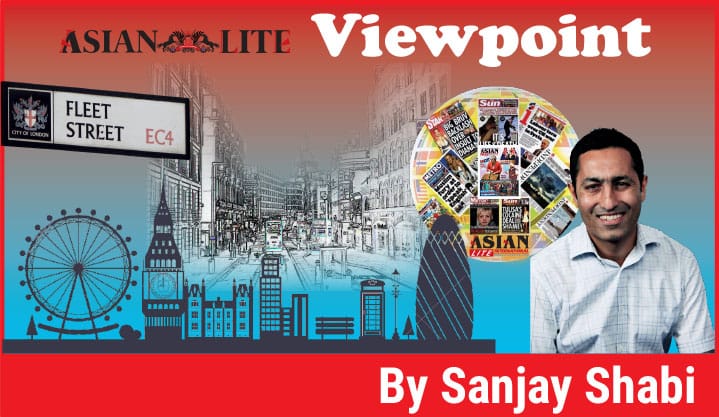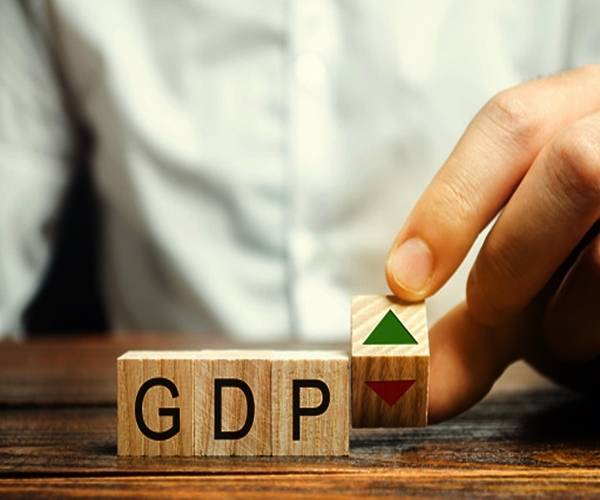The good news is that key global, pan-regional print providers such as the International New York Times or The Financial Times, which traditionally serve affluent and business minded audiences, have proven to be peculiarly resilient … writes Sanjay Shabi
“Reports of my death have been greatly exaggerated” read the text from London to the United States’ press after Mark Twain’s obituary had been mistakenly published over 124 years ago. Fast forward to the digital world of the 21st Century and a similarly optimistic appraisal can be made about the fortunes of international print, especially during the pandemic.

The good news is that key global, pan-regional print providers such as the International New York Times or The Financial Times, which traditionally serve affluent and business minded audiences, have proven to be peculiarly resilient.
Subscriber numbers for these titles are up and critically so is trust. People are spending more time reading print titles and readers are more willing to pay the premium that quality journalism merits.
The Wall Street Journal, for example, has not only seen a 12% increase in average time spent reading the print paper but the proportion of individually paid print subscriptions has increased 5% points from an already high base.
Other positive data during Covid-19 includes a rise in print ad attention scores with 17% more print ads viewed and 21% more attention given to print ads (Lumen, 2020).
The most recent evidence that print matters can be found in the behaviour of Aaron Epstein, an AT&T customer in the US, who spent $10,000 of his own money advertising in the Wall Street Journal to publicly complain about his bad wi-fi compliant to the company’s CEO, who did in fact get a successful response, finally.

It’s highly unlikely that complaint would have achieved the same dizzying attention and viral spread had it simply been buried in amongst an ordinary social media feed addressing the same issue.
Source: Marketing Week
During lockdown, advertiser demand for space in the International New York Times’ Sunday edition has actually increased aided by the fact its key audience is now at home and has greater time on their hands. When demand for credible, rational information in and around matters associated with the pandemic’s knock-on effects is being so avidly sought, the brand equity of international newspapers enables them to cater for this insatiable appetite, evidenced by the fact that the WSJ is attracting more heavy users to its print product than its digital sibling.
In an age of lockdown and working from home, part of the growing appeal is that these titles can also add to our knowledge, without requiring us to stare at a screen for longer. Print engages in a different way.

A study by the International New York Times (INYT) has found that, while print by its very dynamic is not always able to match the pace of fast-changing, 24-hour news, people tend to retain more of the information accrued from a lean-back experience with a paper.
Put simply, long-form reading is simply a more pleasurable long-form reading opportunity than via say a hand-held device or other digital screen. Studies from the likes of the NMA, PPA and News International have all found that print is better at developing one to one “me” time relationship, in part thanks to the self-indulgence of those reading moments.
That experience has enabled pan-regional print to position itself as a premium experience, attracting, in particular, the luxury goods sector, which wants to reach people with a high net worth, B2B and corporate brands who court hugely influential, high-ranking business, government, and commercial decisions makers.
It’s no surprise then that ironically, big tech firms like Google and Facebook still conspicuously use print products to broadcast major global announcements, chiefly for the prestige, respect and authority they imbue when seeking coverage of opinion leaders.
As Larry Light, CEO of the marketing/consultancy company, Arcature puts it; “Perhaps seeing the commitments in writing is stronger than seeing a commitment in 10 seconds on Quibi, or by tapping an app.”
Many may have forgotten the power of print in the rush to go digital, but the pandemic has highlighted the underlying strengths of this powerful medium; more than half of global audiences view newspaper ads positively, well ahead of digital ads.
And with stats like that, it truly is time to send it to print.
( Sanjay Shabi is board director, Pan Regional Offline Investment & CultureCom UK + ERG Faith & Green Team)
Sources: IPSOS Affluent 2020. Wall Street Journal in-house data. International New York Times internal tracking 2020-2021, Lumen Research “attention to advertising even higher during Coronavirus outbreak March 2020, data collected 18th – 25th April. McKinsey & Company COVID-19 Consumer Pulse surveys March-April 2020, Bauer Media April 2020. 2019 Edelman Trust Barometer, WAN-IFRA 2019, Kantar Millward Brown February 2018. WSJ 2020/ BG Consumer Confidence Monitor, 2020 WSJ | BG Intelligence Day in the Life Proprietary Study: Base: Among those who read The Wall Street Journal in a typical week n=6,618; time spent: trend based on 2017 Day in the Life Proprietary study vs. 2020 study, Ad recall: RAMPanel Ad Norms,WSJ 2020. Fall 2020 Ipsos Affluent Survey, HHI $125K+, CXO title/position (includes any chief officer, other company officer/board member, owner partner, president/chairman), Use media platform; quintile levels vary by media; social media/app data rounds to 101%.)








